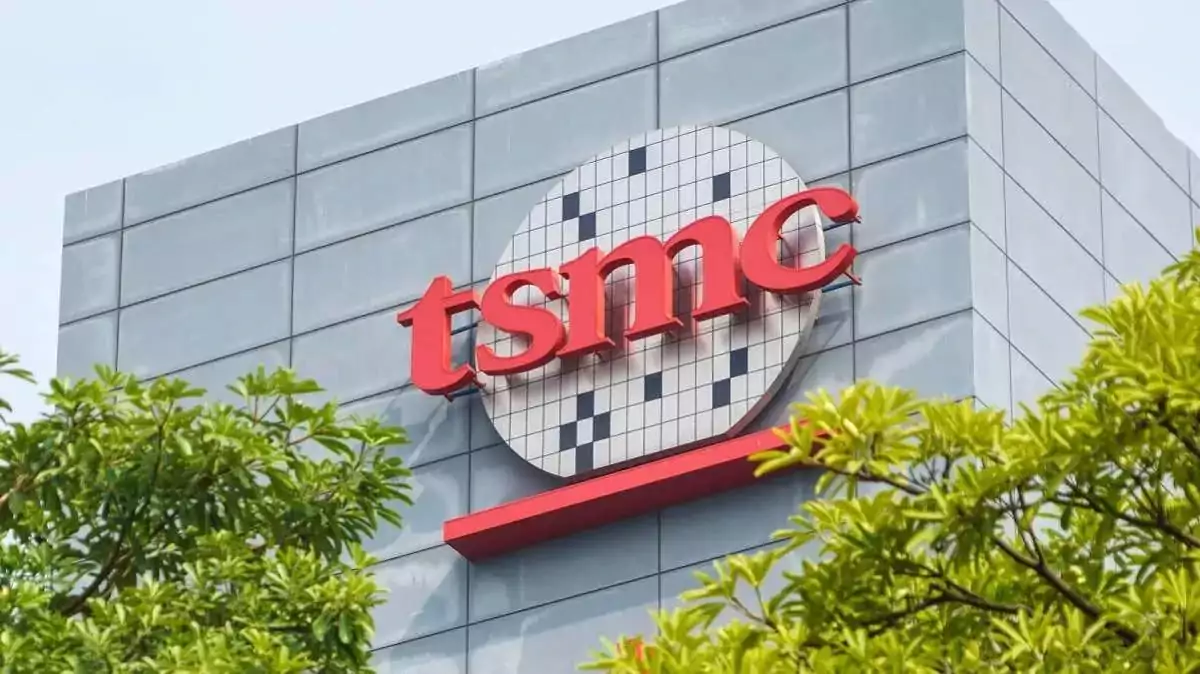Apple and foundry giant Taiwan Semiconductor Manufacturing (TSMC) are to develop micro OLED displays for Apple’s upcoming augmented reality devices. Apple is turning to its longstanding foundry partner due to the fact that micro OLED are built on the same type of wafers used to build semiconductors, which creates thinner and more power efficient displays suitable for augmented reality wearables.
The project represents a further deepening of Apple’s relationship with TSMC, the sole supplier of iPhone processors, even as the company works to reduce its reliance on other major suppliers. The Taiwanese chipmaking giant is also helping Apple build its in-house designed central processors for Mac computers.
The micro OLED project is now at the trial production stage, sources said, and it will take several years to achieve mass production. The displays under development are less than 1 inch in size.
“Panel players are good at making screens bigger and bigger, but when it comes to thin and light devices like AR glasses, you need a very small screen,” said a source who has direct information on the micro OLED R&D project.
“Apple is partnering with TSMC to develop the technology because the chipmaker’s expertise is making things ultra-small and good, while Apple is also leveraging panel experts’ know-how on display technologies.”
Some parts of the planned microdisplay manufacturing will use TSMC’s existing chip-production equipment and processes, sources said.
The project is one of two being conducted at Apple’s secretive labs in Longtan District in the northern Taiwanese city of Taoyuan. In addition to micro OLED displays, the company is also working on micro LED technology, and has trial production lines in place for both types, Nikkei has learned.
Apple has hired dozens of veterans from Taiwanese display maker AU Optoelectronics to work on the micro OLED project, one of the sources familiar with the situation said, as well as display experts from Japan and elsewhere. Anyone who signs up to work on the program must sign a strict non-disclosure agreement that forbids them from even meeting with friends or acquaintances working in the tech industry, the source added.
Apple on Monday posted on a Taiwanese job platform seeking applicants to work in Longtan who have expertise in operating OLED vacuum evaporation equipment, packaging and testing equipment, and measurement equipment. It is the first time for Apple to hire manufacturing-related employees in Taiwan via public platforms.
Apple’s push to develop these new display technologies is part of its efforts to reduce its dependence on Samsung, the global leader in OLEDs — and the U.S. company’s biggest rival in the smartphone arena. The South Korean company is Apple’s main supplier of the cutting edge displays, which are now seen as a must-have feature for high-end smartphones. OLED screens are the second-most costly component in the iPhone 12 range, after the Qualcomm 5G modem.
“Not every technology that Apple develops will be introduced or actually used in its products, but the company could strategically apply patents for its own patent portfolio and technology advancements to gain more control in the next generation technologies,” one of the people said.



